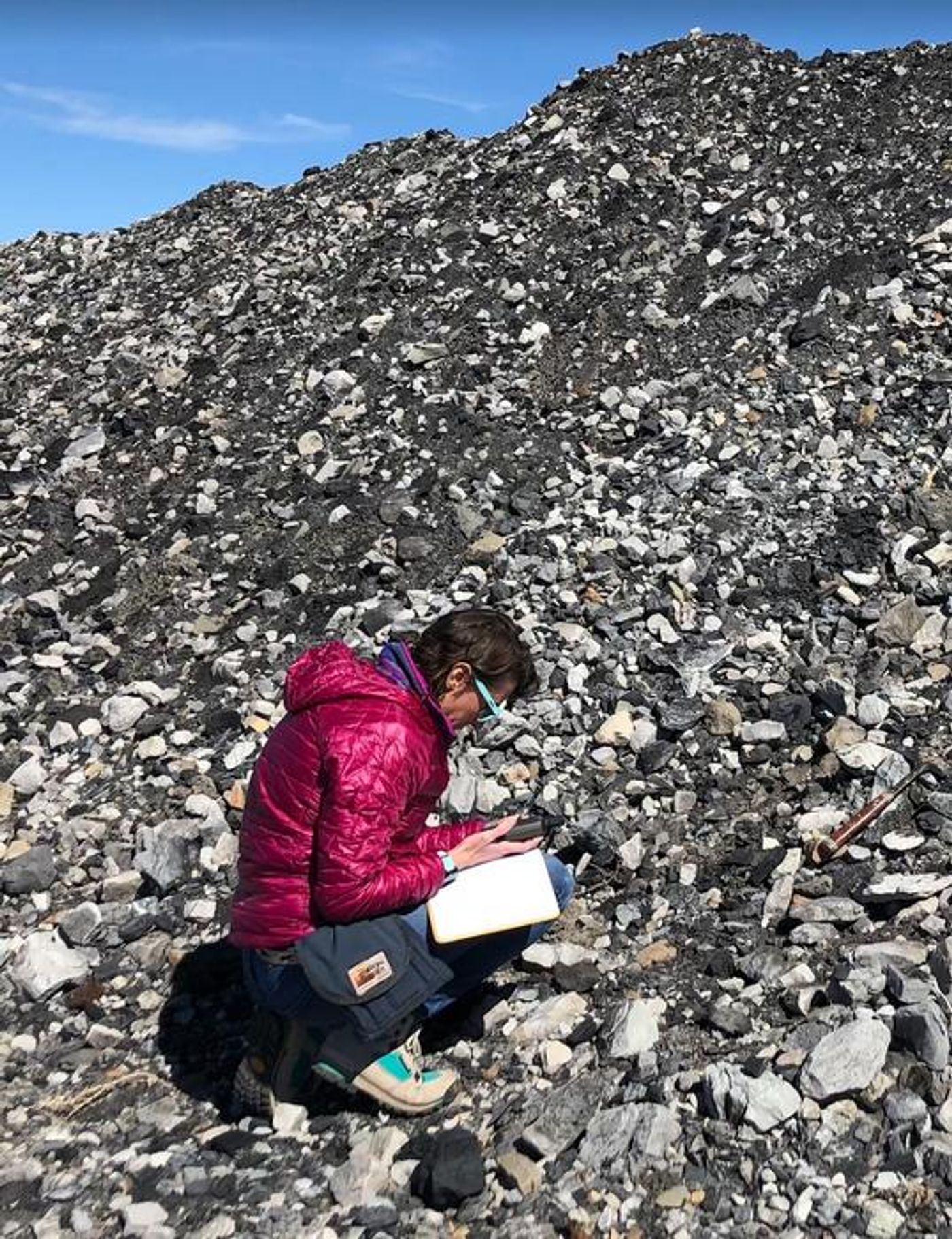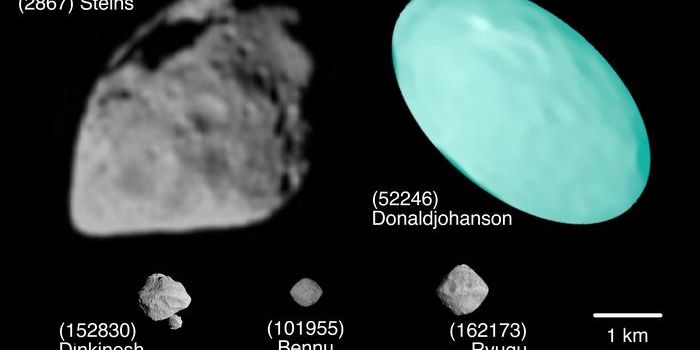Critical Mineral Deposits and Coal: An Unexpected Co-Location
Can the very locations that fossil fuels are mined also be used to extract rare earth elements (REEs) for renewable energies? This is what a recent study published in Frontiers of Earth Science hopes to address as a team of researchers investigated how coal mines could be exploited for REEs whose metals could be used for technology applications and renewable energies throughout the world. This study holds the potential to help scientists, miners, and conservationists better understand previously unknown avenues for pursuing REEs within the United States, as REEs are traditionally imported from other countries.
“The model is if you're already moving rock, could you move a little more rock for resources towards energy transition?” said Dr. Lauren Birgenheier, who is an associate professor of geology and geophysics at the University of Utah and a co-author on the study. “In those areas, we're finding that the rare earth elements are concentrated in fine-grain shale units, the muddy shales that are above and below the coal seams.”
Image of Dr. Lauren Birgenheier examining samples located at a coal processing waste pile. (Credit: Michael Vanden Berg, Utah Geological Survey)
For the study, which was funded by the Department of Energy for the Carbon Ore, Rare Earth and Critical Minerals (CORE-CM) project, the researchers worked with the Colorado Geological Survey and Utah Geological Survey to examine coal mines throughout the Unita Basin in Utah and Colorado. The goal of the expedition was to identify potential secondary sources of REEs with the Unita Basin being one of 13 total sites throughout the United States being analyzed for the CORE-CM project.
During the study, the researchers used hand-held devices and spectroscopy measurements to examine more than 3,200 samples in parts per million, or ppm, and obtained from a myriad of locations, including coal ash piles close to power plants, seven core samples, four mine waste piles, and 10 mines. If the hand-held devices discovered concentrations exceeding 200 ppm, the team used spectroscopy to conduct a more thorough analysis. In the end, the researchers found the largest amounts of REEs within shale and siltstone with coal and sandstone being found to exhibit almost zero presence of REEs.
“The coal itself is not enriched in rare earth elements,” said Michael Vanden Berg, who is an Energy and Minerals Program Manager at the Utah Geological Survey and a co-author on the study. “There's not going to be a byproduct from mining the coal, but for a company mining the coal seam, could they take a couple feet of the floor at the same time? Could they take a couple feet of the ceiling? Could there be potential there? That's the direction that the data led us.”
Image of Michael Vanden Berg examining a coal outcrop near Utah's old Star Point mine for the study. (Credit: Dr. Lauren Birgenheier, University of Utah)
How will coal mines contribute to finding REEs in the coming years and decades? Only time will tell, and this is why we science!
As always, keep doing science & keep looking up!
Sources: Frontiers in Earth Science, EurekAlert!, U.S. Department of Energy, University of Utah










